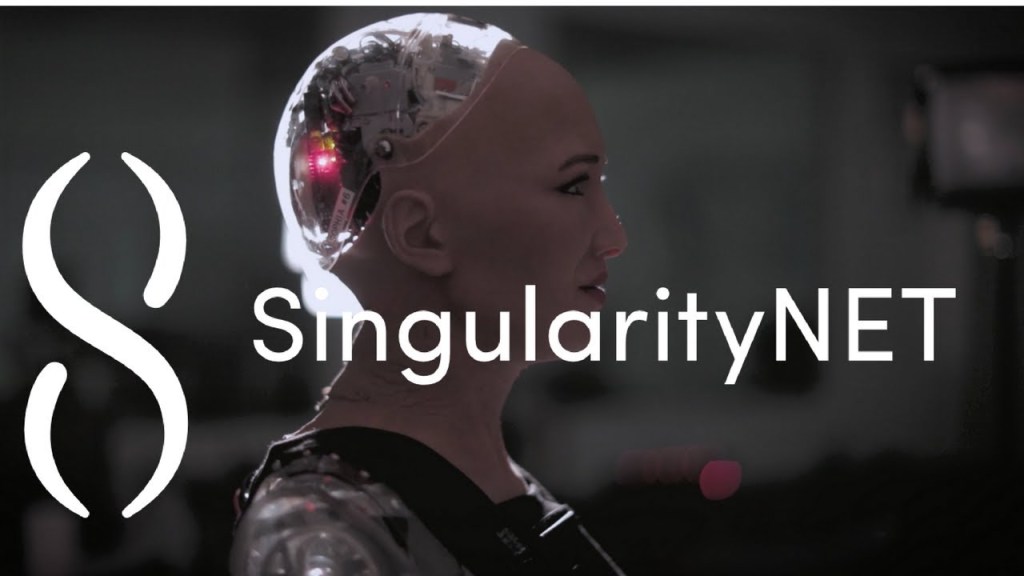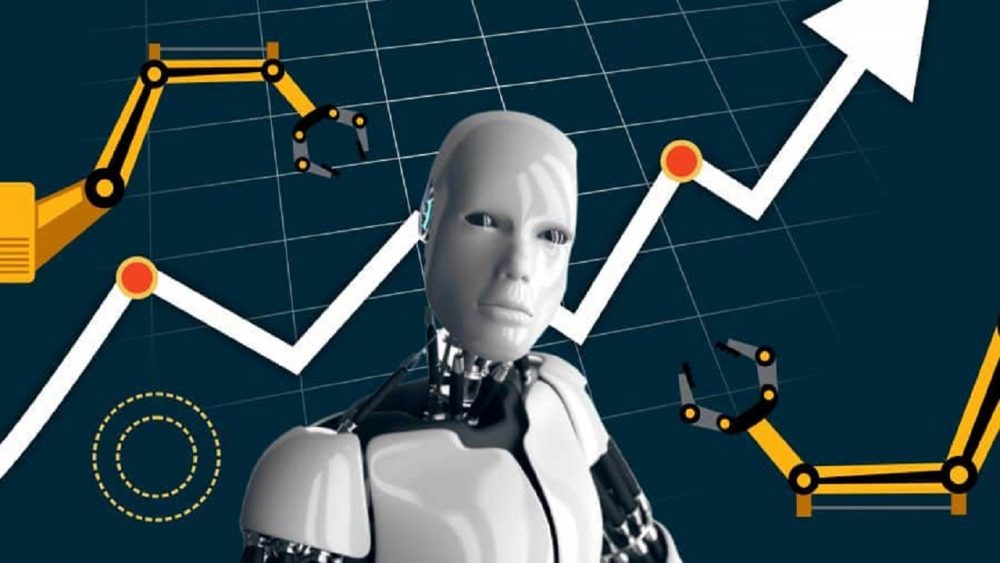Many people may have doubts as to whether a true decentralized cryptocurrency can be based on any real artificial intelligence. In fact, there are no AI-based blockchains. However, there are some tokens issued by altcoin projects that claim or aim to use artificial intelligence. So what are the best AI coins? Crypto expert Marco Cavicchioli shares his choices on this.
Top artificial intelligence coins
The Graph (GRT)
GRT is The Graph’s ERC-20 token and has a market capitalization of over $1.3 billion. While it unquestionably dominates this category over many aggregators, the Graph isn’t actually about AI specifically, it’s more about Big Data. In fact, it’s an indexing protocol for capturing Ethereum and IPFS related data used in many applications both in DeFi and the wider Web3 ecosystem. Therefore, it is wrong to say that this is an artificial intelligence project. But it is worth mentioning as it completely dominates this category on a few collectors due to a significantly higher market value than the others.

Indeed, despite this, the price of GRT has benefited from the boom in crypto AI tokens in recent weeks. Because it’s probably considered that way, even though it’s not exactly like that. While the price of GRT was $0.05 at the beginning of the year, it skyrocketed to over $0.22 by February 7. That’s a 7,000% increase in just over a month. This outright mistake by investors gives a good idea of how many people are operating in the crypto markets without really knowing what they are doing. In reality, the two main AI-related tokens are SingularityNET (AGIX) and Fetch.ai (FET).
SingularityNET (AGIX)
AGIX is SingularityNET’s ERC-20 token. SingularityNET is a Blockchain-based platform that allows anyone to create, share and monetize AI services through their private marketplace. Therefore, for all intents and purposes, it is among the best AI coins, not because it is based on artificial intelligence, but because it operates in the field of artificial intelligence.
However, it is worth noting that only 75 AI services have been listed to date, despite the token entering the crypto markets more than five years ago. Its debut in the crypto markets came shortly after altcoins peaked in the previous cycle in January 2018. Therefore, it is not surprising that its price almost hit an all-time high of $0.95 and crashed during the bear market that has just begun. It dropped to $0.03 at the end of the year, but in March 2020, its market value dropped further to $0.01 as global financial markets collapsed due to the onset of the pandemic.

It climbed to around $0.05 in December 2020, before the last major bull run began, and three peaks in 2021, all above $0.50. The biggest peak of 2021 was above $0.80 in June, which is not far from the all-time high in 2018. Then throughout 2021 it reached 1,500% before starting to drop due to the recent bear market. The 2022 low was around $0.04, or 95% lower than the 2021 high, but it started to rise again from Jan. It first rose to $0.20 in mid-January and then in February had its second burst at $0.64 on Wednesday. Thus, it recorded an increase of 1,500% in 2023.
Fetch.ai (FET)
Fetch.ai’s native token is FET. Fetch.ai is an artificial intelligence platform that aims to connect Internet of Things (IoT) devices and algorithms to enable collective learning. cryptocoin.comProbably the most important real artificial intelligence crypto project in the entire industry.
FET debuted in crypto markets in March 2019, and by January 2021 its market cap had dropped, except for a very short period of growth. As of December 2020, its price was around $0.05, which is at the same price levels as AGIX. They are also similar in terms of market capitalization as they both have capital of more than 400 million but less than 500. During the last major bull run in 2021, three peaked, although the second and third were very close.

Its all-time high was in September, when it surpassed $1.1. It’s worth noting that this means a burst of more than 2,000%, which is much better than AGIX. It lost 94% of its market value during the 2022 bear market until it fell below $0.06. This is roughly in line with the trend of AGIX. After the first small recovery in December, it started to rise again on January 4, reaching $0.25 first in mid-January and then $0.59 again on Wednesday in February. Thus, it increased by 900% through 2023. This rate is less than 1500% of AGIX. After that, the price of the FET dropped to about $0.40, which is fully in line with the price of the AGIX. Although AGIX has been a bit more volatile lately, the price of these two cryptocurrencies is therefore definitely moving in a similar fashion.
Second-tier AI coin projects
Other cryptocurrencies related to artificial intelligence are Artificial Liquid Intelligence (ALI), Ocean Protocol (OCEAN), and Numeraire (NMR).
It is worth noting that apart from the ALI, which clearly refers to artificial intelligence in its name, in the last thirty days OCEAN and NMR have registered only 90% of the former and even 23% of the latter. For example, the ALI did 180% in parallel with 117% of the FET. AGIX, on the other hand, increased by 316% and GRT by 114%. Indeed, compared to twelve months ago, NMR is only at 53% and OCEAN at 165%. For example FET at 340%, ALI at 610% and AGIX at 800%.

Thus, among the second-tier crypto AIs, only the ALI is taking full advantage of the boom in early 2023. Perhaps this is because the other two are not usually associated with artificial intelligence. However, it is necessary to add the RLC offered by iExec, which has absolutely nothing to do with artificial intelligence but is generally included in this category.
The Oasis Network (ROSE) is also sometimes incorrectly placed in this category. But only when it actually covers Big Data. These data clearly show that many investments in cryptocurrencies are not made carefully, that is, they are not the result of specific, case-by-case analysis of projects and how they work, but simply follow the hyperbole and mainly focus.
This explains both why it is so easy to form speculative bubbles that may burst sooner or later, and why capital in crypto markets sometimes moves without any real logical logic.







